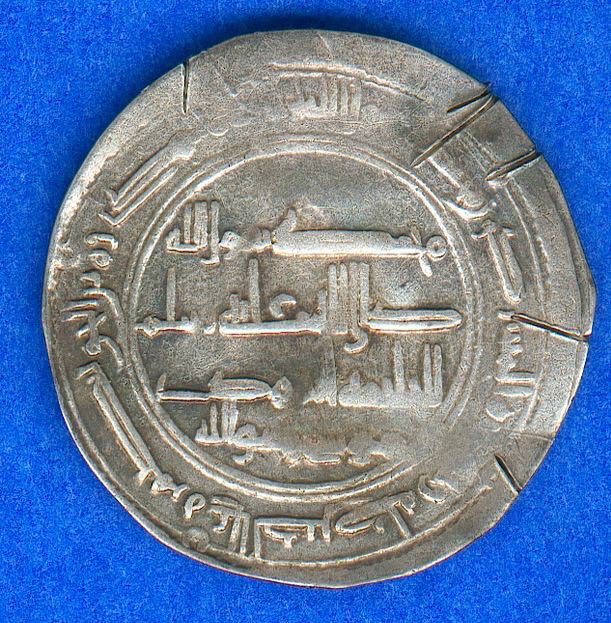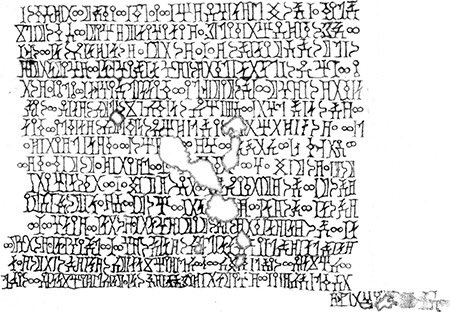A thread on magic in the Islamic world
One famous charm involves crafting wax figures of a pair under the auspices of the 13th House of the Moon Al Awwa. With the right fumigations and invoking it’s Lord, you can make two people fall in love
With it the magician could see far off places, communicate at a distance, enter the dreams of others, or receive answers from the djinn
While considered forbidden in orthodox circles there is some grey area on what is even considered magic.
Power is drawn from knowledge of the hidden world al ghayb
The Quran itself reference sorcery or sihir. The Pharaoh’s sorcerers oppose Moses for example and Surah Falaq invokes protection against “those who blow on knots”
For example the Quranic verse, 10:57 is written on a tiny scroll and placed in a pouch hung around the neck to affect a healing
The alphabet is divided into letters of light and letters of darkness
Letters were corresponded to Names of God, angels and djinn, and numbers.
Talismans required both esoteric knowledge & advance calculations.
The alpha numeric system is called abjad
This a far different process than the trapping of djinn in vessels with a seal found in the Solomonic tradition
One of Jibrail on his horse Haizum was used to war off djinn, another depicted four strange animals as a sort of djinn totem
But the most recognizable have to be the evil eye amulet and khamsah
All three make claim to some supernatural power but often define it differently.
A Sufi claiming to heal, a mage conjuring a storm, and a healer creating an herbal potion
In coming weeks I’ll do deeper threads on the types of magic from the Islamic world which include talismans, djinn, astrology, cultivating of powers, and natural healing and how these blend together at times






